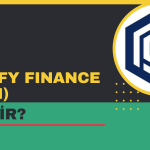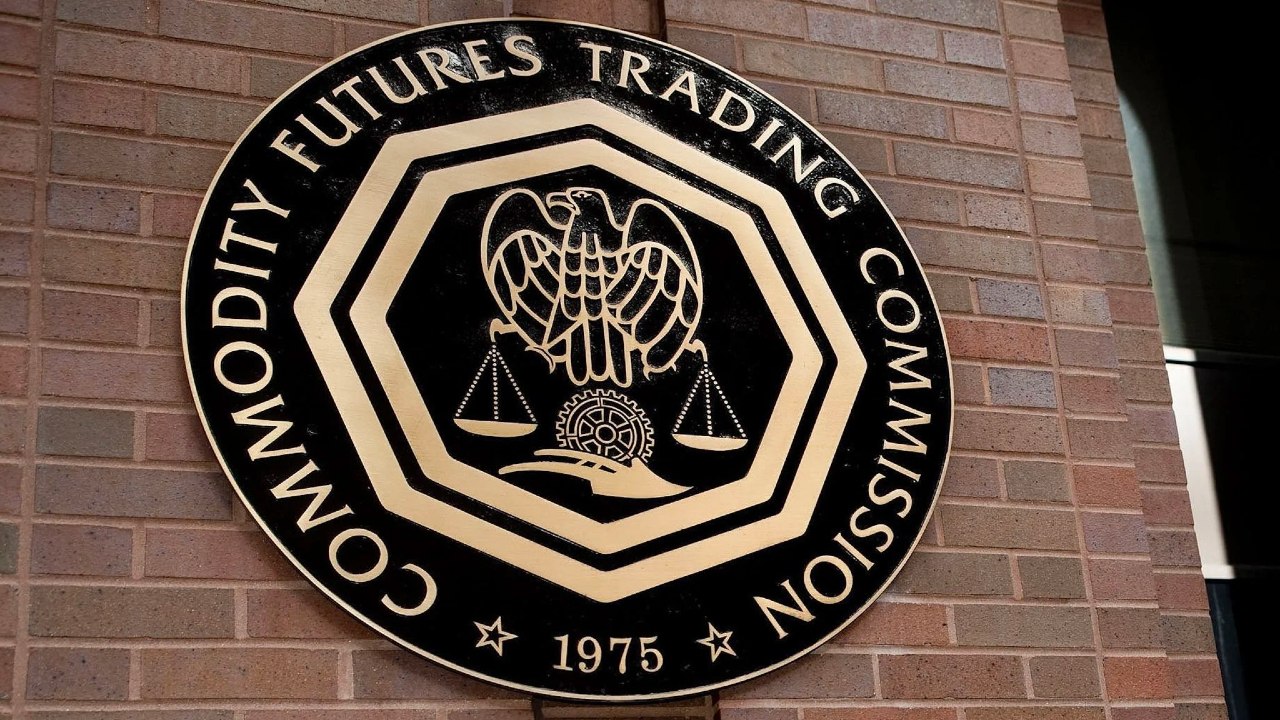Latin America, a region characterized by high inflation and unstable economies, is now among the crypto markets with the highest yield rates.
Regional crypto exchanges offer annual rates of up to 15% for users looking to generate interest on their cryptocurrency investments. That’s well above the figures provided by global companies in developed markets, which usually reach up to 9% per year.
A search of new customers, reinvestment of raised funds and Latin American users’ rising interest in crypto are some of the reasons for regional exchanges’ aggressive yield rates, several firms told CoinDesk.
In April, the leading Latin American crypto exchange, Bitso, launched an earnings yield feature with 15% rates on the USDC, USDP and BUSD stablecoins, and up to 6% on bitcoin. The service is available for the company’s 4 million users in the four countries where it operates, Mexico, Brazil, Argentina and Colombia.
“Latin America is one of the regions with the highest crypto adoption. That enthusiasm is reflected in exchanges’ yield rates,” Bitso policy head Julián Colombo told CoinDesk.
Read more: Why Brazilians Are Turning to Stablecoins Like Tether
To obtain rates of up to 15% on stablecoins, Bitso uses different decentralized finance (DeFi) protocols, including liquidity, mining and staking pools, Colombo said, without disclosing details.
Lemon, an Argentine exchange that reached more than 1 million users in May, offers up to 13% interest on DAI and 12% on USDC. “In Latin American countries like Argentina, people place the U.S. dollar as one of the currencies in which they store value. That is why they find stablecoins as very attractive alternatives,” Santiago Di Paolo, community and research leader at Lemon, told CoinDesk.
Crypto yield rates in Latin America are higher than those on major U.S. exchanges, such as Hodlnaut, Crypto.com, Gemini, Coinbase or Celsius, which offer annual interest of 5% to 9.45% on stablecoins, according to their pages.
In October 2020, Buenbit, an Argentina-based exchange with operations in Peru and Mexico, became one of the first Latin American companies to start offering earning interest with stablecoins. The platform provides its 700,000 users annual rates of up to 8.25% on DAI by using DeFi protocols like Compound, Agustín Liserra, chief financial officer at Buenbit, told CoinDesk.
“We decided to give users practically all the returns that DeFi offers, to onboard as many people into the crypto world as possible – and, at the same time, to be a competitive and attractive product for users who were already interacting with the crypto ecosystem, Liserra said.
Belo, an Argentina exchange with more than 170,000 users, offers annual returns of 8.5% on DAI and USDC, 5.25% on BTC and 4% on ETH. “Our user base diversifies, especially in the bull markets. Not only people from the crypto world are joining, but from different backgrounds,” Manuel Beaudroit, Belo’s CEO, told CoinDesk.
Changes after Terra’s crash
Still, Terra’s implosion and the bearishness toward the crypto market has affected Latin American exchanges’ yields.
Buenbit and Lemon used to offer up to 18% annual returns to users who staked UST through Anchor. Now, both companies have renamed former UST to USTC on their apps, but its sale, trade and storage remain suspended.
Both companies have listed the new LUNA token and started sending it to those who had previously invested in luna classic (LUNC) and ust classic, they told CoinDesk.
“After Terra crashed, trust in the crypto ecosystem, in general, was eroded a bit,” said Liserra.
Lemon’s Di Paolo said the collapse of Terra “triggered a scenario where users are more attentive to studying each project before investing their money and are aware of its progress.”
The Terra debacle not only affected the exchanges that listed the UST stablecoin, but also created mistrust among users throughout the Latin American crypto ecosystem, he said.
Bitso, which did not list the disgraced stablecoin, received questions from its various users, Colombo said. So did Belo, which also did not list UST.
“For the way the crypto markets usually behave, in a couple of months, if the market goes up, no one is going to remember this,” Belo CEO Beaudroit said.
Read more about
Save a Seat Now
 BTC$29,938.63
BTC$29,938.63
4.08%
 ETH$1,787.86
ETH$1,787.86
3.29%
 BNB$283.81
BNB$283.81
5.37%
 XRP$0.395488
XRP$0.395488
0.24%
 ADA$0.620844
ADA$0.620844
4.66%
View All Prices
Sign up for Market Wrap, our daily newsletter explaining what happened today in crypto markets – and why.







